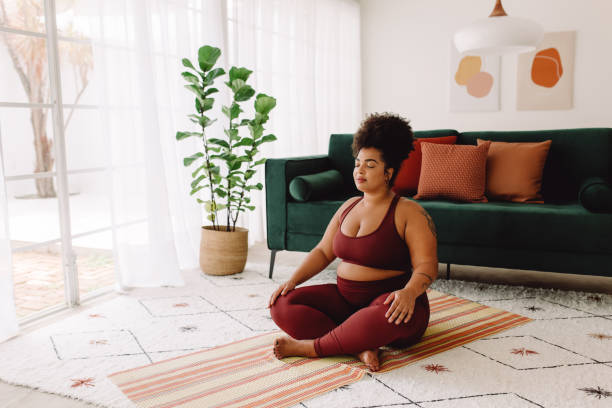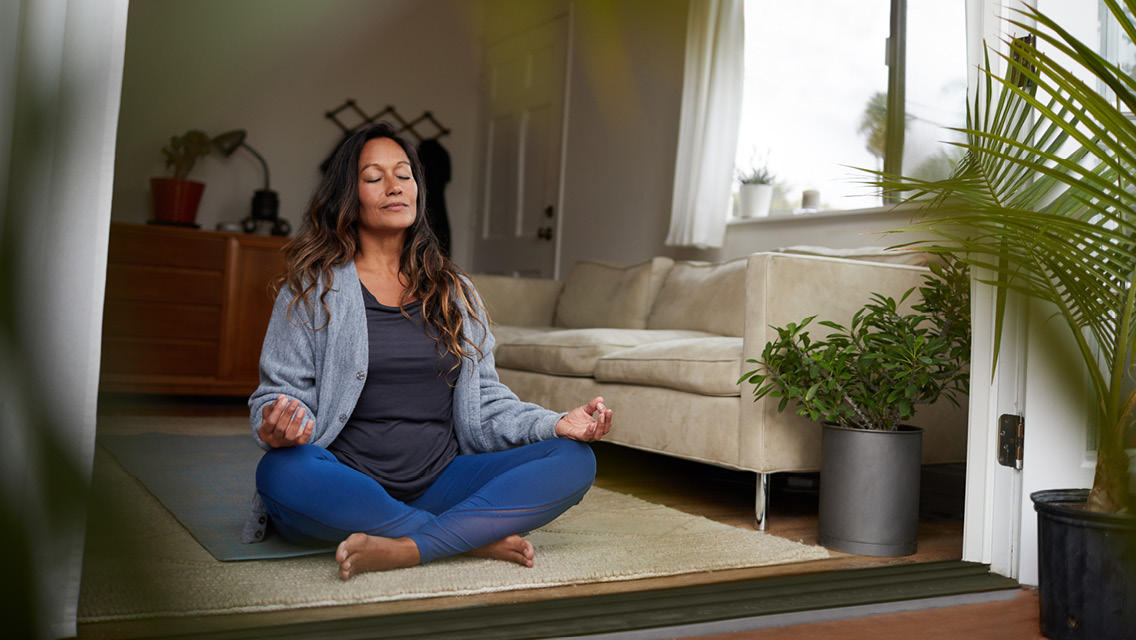How to Meditate? Mastering Mindfulness for Everyday Life
How to Meditate? Mastering Mindfulness for Everyday Life
Blog Article
Begin Your Trip: Basic Actions on Exactly How to Practice Meditation for Newbies
Meditation, frequently regarded as an elusive practice scheduled for the experienced, can really offer as a fundamental tool for anyone seeking clarity and calmness in their every day life. By recognizing its basic concepts and developing a favorable environment, beginners can open the prospective benefits of this method. As you start to explore the necessary steps-- such as finding an ideal area and mastering breathing methods-- you may find obstacles that could enhance your experience. The journey of reflection holds even more deepness than one might anticipate, inviting more expedition into its transformative aspects.
Comprehending Meditation Essentials
Meditation acts as an effective tool for boosting mental clearness and emotional health. At its core, meditation is a technique of concentrated interest and recognition, enabling people to grow a deeper understanding of their ideas and emotions. By taking part in this self-control, practitioners can attain a state of leisure and mindfulness, which can significantly minimize anxiety and anxiety degrees.
Comprehending the fundamentals of reflection entails acquainting oneself with different strategies, such as mindfulness, loving-kindness, and transcendental reflection. How to meditate?. Each technique has its unique strategy, yet all share a typical goal: to promote a feeling of inner peace and self-awareness. Newbies need to start with simple practices, such as concentrating on the breath or observing ideas without judgment
In addition, uniformity is key. Developing a normal reflection routine, even if only for a few mins daily, can yield substantial advantages with time. As individuals progression in their method, they might find their capacity to concentrate boosts, bring about better psychological stability and strength. Ultimately, meditation is not merely a retreat from truth; it is a profound trip towards greater self-discovery and general mental health and wellness.
Finding Your Suitable Area
Producing a favorable setting for meditation is important for maximizing its benefits. Your selected area ought to advertise harmony, allowing you to focus internal without diversions. Begin by choosing a place that feels comfortable and secure, whether it be a peaceful corner of your home, a garden, or a local park.
Soft illumination can enhance leisure, while all-natural light can stimulate your spirit. Make certain the area is complimentary from clutter, as a neat setting cultivates a clear mind.
Noise plays a considerable function in your meditation space. Objective for a silent location to minimize disturbances, or make use of soft background songs or nature appears if you discover silence distressing (How to meditate?). The temperature needs to additionally fit; neither too warm nor also chilly, to protect against interruption during your practice
Last but not least, personalizing your area with purposeful items-- such as crystals, photographs, or purposeful quotes-- can develop a much deeper link to your method. By attentively curating your setting, you established the phase for a much more extensive and effective reflection experience.
Picking a Comfy Position
Finding the ideal setting for reflection is important to maintaining emphasis and comfort throughout your technique. The optimal pose enables both physical security and mental alertness, making it easier to focus on your meditation objectives.
There are a number of settings to think about, each with its own benefits. Sitting cross-legged on the flooring is a popular option, promoting an upright back and basing your energy. If this position is uneasy, consider utilizing a pillow to raise your hips, which can alleviate pressure on your knees and back. A chair can offer the necessary assistance, allowing your feet to rest flat on the ground, ensuring stability and comfort.
You might additionally choose to exist down if sitting is not ideal for you, however be careful, as this can cause you could try these out sleepiness. Whatever setting you pick, ensure that your body is loosened up yet sharp. Keep your shoulders back and your hands relaxing conveniently on your lap or knees. Ultimately, the very best position is one that really feels natural to you and allows you to keep focus, facilitating a deeper connection with your meditation practice.
Breathing Techniques to Begin
Beginning your reflection exercise with reliable breathing strategies can dramatically enhance your experience. Breath serves as the structure of reflection, supplying a prime focus that helps secure your mind and grow mindfulness.
To begin, practice diaphragmatic breathing, which engages the diaphragm and promotes much deeper breathing. Hold your breath for a matter of four, then exhale gradually through your mouth for a count of 6, allowing your abdominal area to fall.
One more valuable method is the 4-7-8 technique. Breathe in via your nose for a matter of four, hold your breath for 7 counts, and breathe out slowly through your mouth for eight counts. This pattern not only relaxes the mind however additionally lowers anxiety, making it much easier to clear up into your reflection technique.
Experiment with these strategies to locate what reverberates ideal with you, and remember to preserve a kicked back stance and an open mind as you begin your trip right into reflection.
Tips for Uniformity and Growth

Producing an inviting reflection space is additionally essential. In addition, think about using guided reflections or meditation apps, which can provide structure and range to your sessions.
Start with short durations, gradually boosting the time as you come to be extra comfortable. read this article This incremental strategy not only makes meditation less challenging but additionally allows your practice to grow naturally. Tracking your progress in a journal can likewise be helpful; noting your experiences and feelings after each session can enhance self-awareness and motivation.
Finally, keep in mind that meditation is an individual journey. Be client with on your own and accept the knowing process, comprehending that uniformity and development his explanation are built in time.
Verdict
In final thought, reflection offers as an important practice for promoting mental clarity and psychological well-being. By comprehending the essential ideas of meditation, selecting a suitable room, taking on a comfortable position, and making use of efficient breathing techniques, people can get started on a satisfying reflection journey.
Comprehending the essentials of reflection entails acquainting oneself with numerous methods, such as mindfulness, loving-kindness, and transcendental reflection. Eventually, the finest position is one that really feels natural to you and permits you to maintain focus, facilitating a deeper connection with your meditation method.
Developing a normal reflection method can dramatically boost your mindfulness journey and individual growth. Additionally, consider using assisted reflections or reflection applications, which can give structure and variety to your sessions.

Report this page